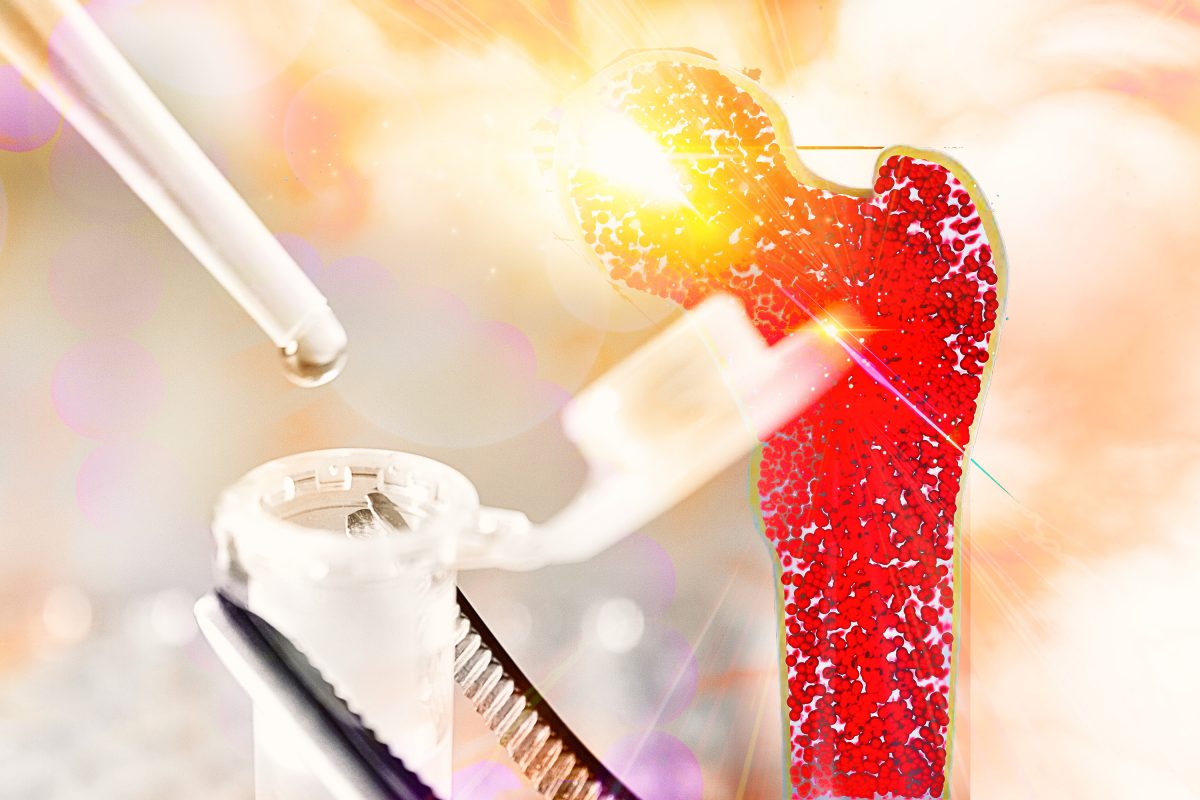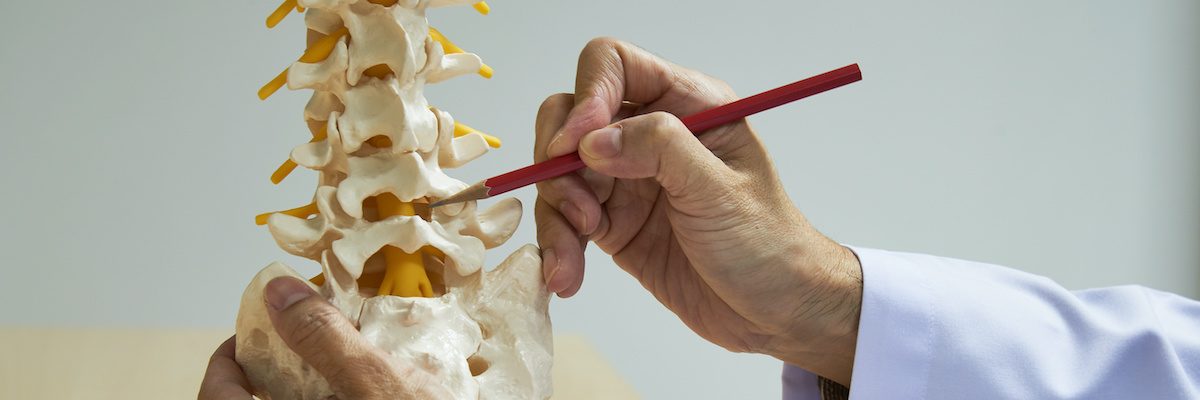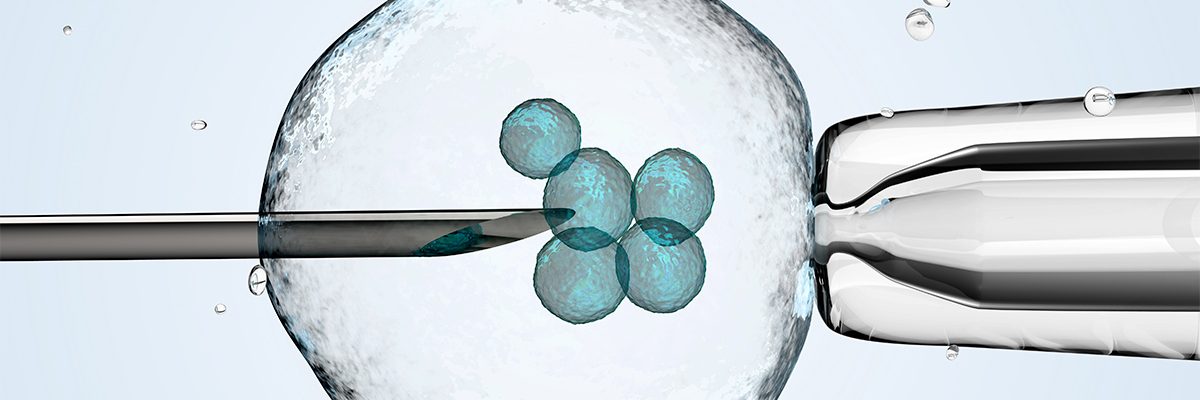Stem Cell Therapy for Meniscus Tear
A meniscus is a c-shaped piece of cartilage in the knee that acts as a shock absorber between the lower leg bone (tibia) and the thigh bone (femur). There are two menisci in each knee, which, together, work to cushion the weight of our bodies as we move. Indeed, the support that meniscal tissue provides the knee joint is so vital that any trauma to or degenerative changes within a meniscus can prove catastrophic for the people experiencing it. Compounding the problem, many doctors elect to remove the meniscus in ...











